The yam is a vitamin bomb which supplies the body with an assortment of vitamins and antioxidants. Also known as a sweet potato, this root vegetable comes from Central America.
Yams have been widely known about well before everyone's familiar potato. Remains of yams have been unearthed from 12 000 years ago. It is thought that the plant was present at the table of even the most ancient tribes.
The shape of the vegetable is flat and elongated, having the color of a ripe pumpkin. The roots, as well as the leaves, are edible, while the taste is sweet and resembling that of a pumpkin and carrots.
The biggest producer of sweet potatoes is China, where eating them has had millennia-old traditions. It is believed that when combined with other meat and basic foods, yams play a key role in the longevity of the people there.
It is in fact China that contains the largest number of centennials. There are vast yam plantations in Indonesia, Vietnam and Japan as well. Yams are a remarkably popular product in many Asian and South American cuisines, mainly because of the high carb content.
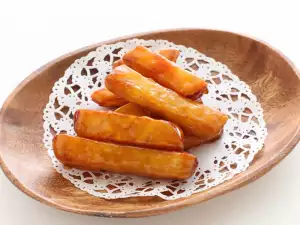
When cooking, sweet potatoes with a thin skin are not even peeled. The plant part is prepared in much the same way as spinach.
Besides their nutritional value, yams are also prized for their other beneficial properties. They contain vitamins A, B6 and C, as well as a little bit of vitamin B9. The plant is a potent antioxidant, the perfect food for the elderly and pregnant women. Yams also contain carotene, sugars and starch - substances healthy for the human body.
Yams are used to prevent rheumatoid arthritis and osteoporosis, as well as for asthma treatment. Further, they are used to prevent cardiovascular diseases, as well as colon and small intestine cancer.
Yams are easy to prepare. They can be boiled, baked, fried and are the ideal ingredient in many recipes. Perhaps their best quality is that they can be cooked without a single drop of oil. Boiled yams were once a tempting treat for kids in China.
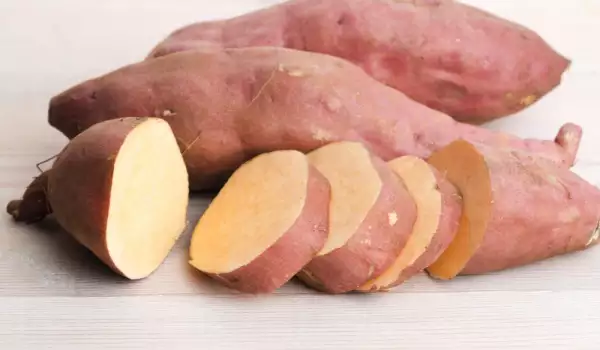
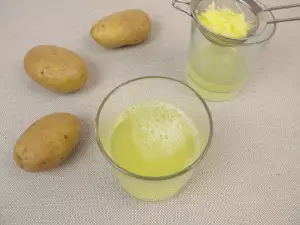

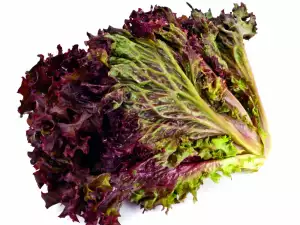

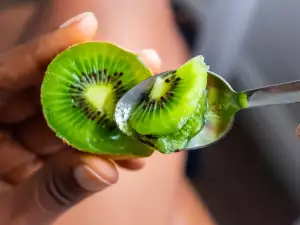
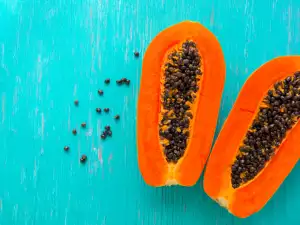
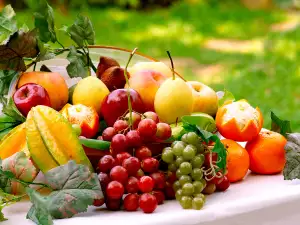
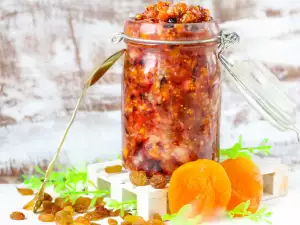
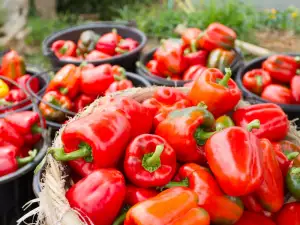
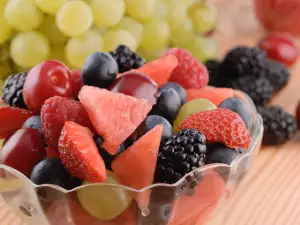
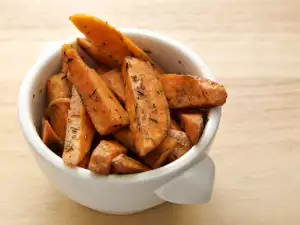
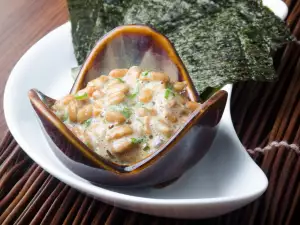
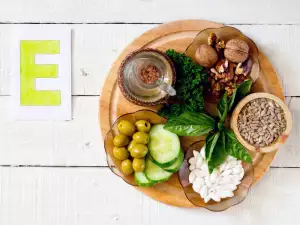

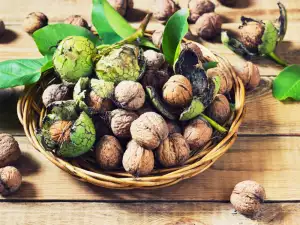




Comments